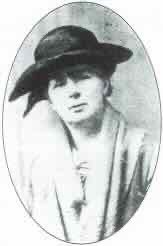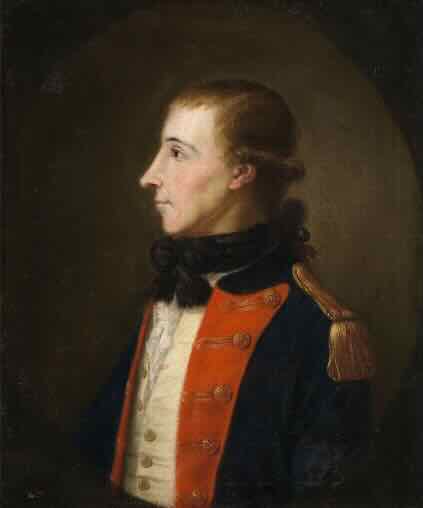- January 1, 1
“Burnt to death, by the willful setting on fire of the house of Edmund Shea, on the night between the l9th and 20th of November instant.”
Victims:
- Edmund Shea
- Mary Shea
- Edmund Shea, junior
- Mary Shea
- Nicholas Shea, junior
- Margaret Shea
- Michael Butler
- P. Mulloly
- Michael Mulcahy
- Catherine Mulloly
- Margaret Shea
- Margaret Shea
- Matty Power
- William Shea
- Unknown
- Unknown
- Unknown
- Unknown
A Meeting of the County Tipperay Magistrates was held on Saturday, in Nenagh, convened by Circular Letters, from Lord Dunally, to take into consideration the state of the Country, and to adopt necessary measures for the preservation of tranquillity.
Freeman’s Journal and Daily Commercial Advertiser Dublin, Dublin, Ireland · Monday, December 03, 1821
THE LATE HORRIBLE BURNING OFTHE SHEAS
The following letter to a Gentleman in Dublin Castle, was received from Mr. Hazlert, of Fethard, one of the Jurors on the late inquest held on the remains of the unfortunate sufferers at Mountain. foot:
“I was one of the inquest jury, and such a hor rible sight I never witnessed! On the evening of Saturday, poor Edmound Shea dispossesed same under tenants for non-payment of rent, and on the Monday night following the deed was perpetrated which consigned eighteen (not seventeen) victims to the most frighttul death. His dwelling burned to the ground, and every soul it contained perished ! The wife ‘of Shea wais on the point of being delivered; of six of his children, the eldest was about twelve years of age, - three of the family of Mullally, and and the female servante and labourors, the whole amounting to eighteen persons, were consumed nearly to ashes !
Not one of the Inmates escaped to teil the mournful tale, or to describe the horror and agonies of the parent, the child, the brother, or the friend-while all crowded together, pursued by the devouring flame !
The bones of the sufferers were burned, in some cases, nearly to a cinder - and it was with difficulty that some distinguishing mark could be found to know the adult from the child ! No pen could describe the sight that presented itself on entering the yard where the remains of thé unfortunate family were placed, beside each other, to be viewed by the heart-sickened Jury, and the distracted friends of the murdered group.
It subdued the very manhood of our nature, and some wept like children, while others turned away, disordered in their frame. O the mother, who, consuming in the blazing element, had still the predominant maternal tenderness, and the heroism, to place one of her expiring infants, two years old, in a pail of water for temporary relief from the torture !, Why such an incident makes poor all former instances of female virtue; and I could only wish that the incendiaries had been witnesses of this one figure in the frightful picture; for even their savage nature could not have withstood such a scene -i t would have been a greater source of punishment to them than all the terrors of the wheel or gibbet.
The villains must have gone most deliberately to work, as well as ferociously. They lighted two large fires at the lee side of the house, so as, it is supposed, to have plenty of red turf to commence with ! and what is very remarkable, not one straw of the corn in the yard or haggard was singed; but a large rick of hay at the rear of the house, to which the flamed inclined, was of course consumed. The fire, of rather inte coruscations of the flames, were seen at Fethard. I pray this country may return to quiet.”
The Rockites
The Rockites were agrarian agitators and rebels who were active in rural Ireland during the late 18th and early 19th centuries, particularly during the period of agrarian unrest. The movement derived its name from the use of “Rock” as a signal or gathering point. The Rockites were known for engaging in acts of violence against landlords, their agents, and representatives of the authorities.
-
Background: The Rockite movement emerged in response to agrarian grievances, including issues related to land tenure, rents, and the impact of agricultural changes on the rural population.
-
Targets: Rockite agitators often targeted landlords, agents, and others perceived as oppressors or contributors to the agrarian problems faced by the rural population.
-
Violent Tactics: The Rockites employed violent tactics, including attacks on property, intimidation, and sometimes murder. They operated secretly, often wearing white disguises or masks.
-
Secret Societies: The movement operated through secret societies, and its members took oaths of secrecy and loyalty. The secrecy was partly a response to the harsh penalties imposed by authorities for involvement in agrarian violence.
-
Geographic Spread: The Rockite movement was most active in regions with significant agrarian issues, including parts of Munster and Connaught.
-
Suppression: The authorities, including the British government and local landlords, sought to suppress the Rockite movement through legal measures, increased policing, and military intervention.
-
Legacy: The Rockite movement is considered part of the broader history of agrarian unrest and social conflict in Ireland during this period. It reflects the social and economic tensions that characterized rural life.

 ← Margaret Emmeline Conway Dobbs, Irish historian, is born
← Margaret Emmeline Conway Dobbs, Irish historian, is born
 Theobald Wolfe Tone, dies before his scheduled execution →
Theobald Wolfe Tone, dies before his scheduled execution →